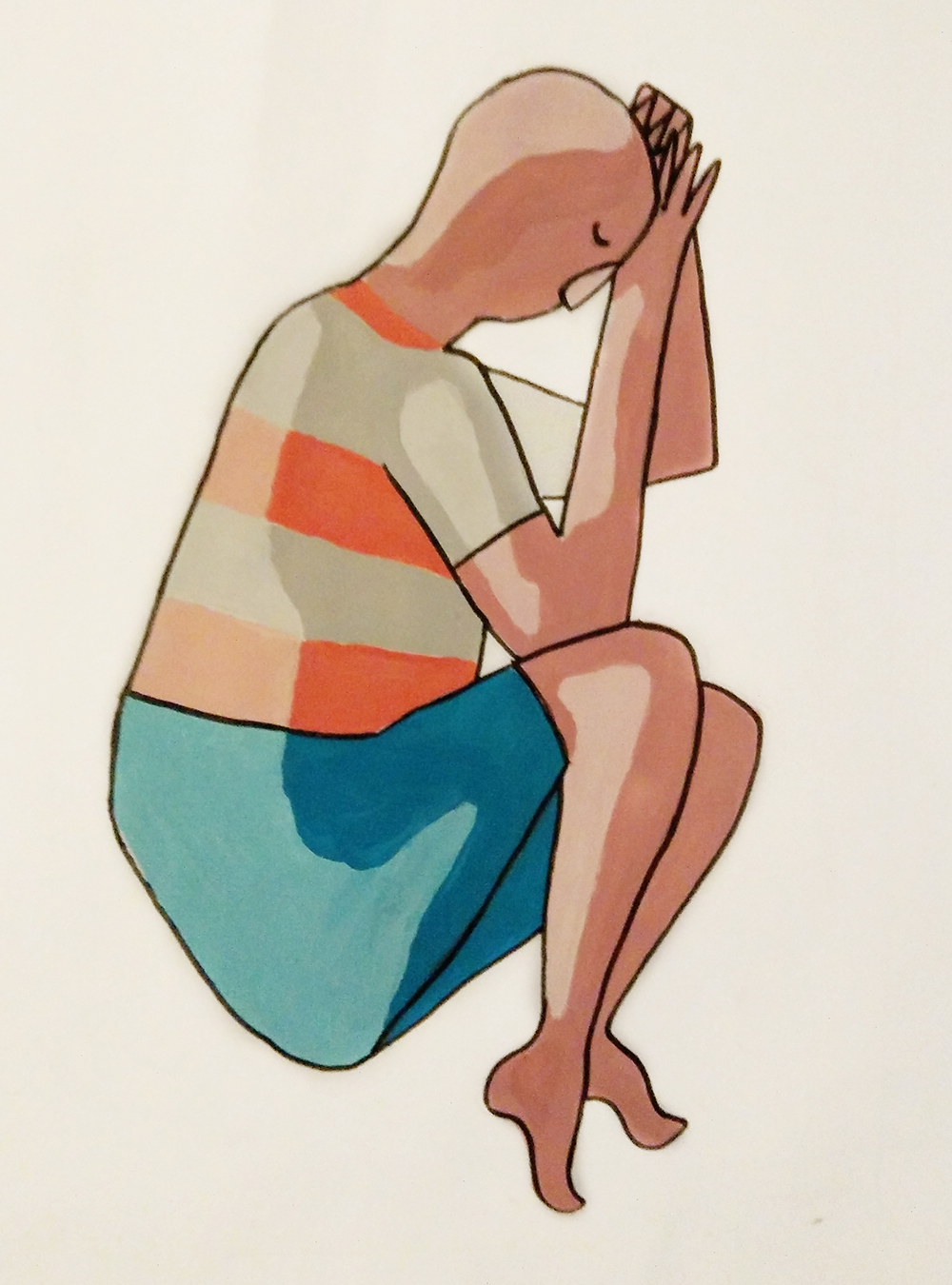What makes a safe place?
Just what can we define as a safe space? Is it our physical environment? or perhaps our emotional welbeing? Our mindset?
Usually, the place that makes us feel safe is the environment that is familiar to us. Having been a student for over three years now, a prime example for me is the University Library. It’s obviously not the most exciting or lively of places – however, there is something about it which encourages us to feel safe. Firstly, it offers peace and quiet, which is a “must have” when it comes to getting work done, especially during the build up to exams and deadlines when we are vulnerable to becoming consumed by stress.
Secondly, it can also be reassuring to see that fellow students sitting a distance away from us are also cocooned in piles of books, writing up notes taken from other notes that were written in class, to the point where the piles of paper start to look like a table cloth. For while there is silence, there is a connection in a sense that we are all in the same boat; we are all working ourselves bloody to achieve a degree and reach the next stage in life, and in addition to being reassured that you’re not alone while enduring academic stress, it is also a place that can make you feel safe in your academic life.
Although it is easy to assume that it is the physical environment that determines how safe we feel, it can also be heavily influenced by our social surroundings. We feel safe when we are surrounded by our friends – particularly at University when you are living away from home. The people you live with, or spend a lot of time with, are like a surrogate family. And as we do with our family, we grow to joke, take the piss, empathize, comfort, talk about problems at the end of day, go out on trips, argue, resolve conflict, and that can itself can make us feel safe, as that surrogate family makes us feel part of a unit where we can grow to relax and be ourselves. It’s an experience which can also enhance the feeling that we’re not alone in facing the world, as we eventually grow to feel comfortable sharing our problems with one another.
Although we can feel safe in a certain place, we can also find ways of making ourselves feel at ease in places that threaten that safety. There are times when we can feel self-conscious about walking down the street and we worry about, and grow to feel discomforted by, the idea of people judging us as we pass them – an experience which can pull us out of our comfort zone in which we feel safe. Yet, when we achieve, whether it be getting a good grade in an essay or passing a driving test and making that same trip walking down the street afterwards; we feel a sense of confidence and self-assertiveness, and all concerns about what random passers-by might think of us just disappear, and these positive feelings bought on by what we just achieved create that personal sense of safety.
How safe we feel can emerge from a variety of places such as familiar environment, close relationships and our mindset. It also reveals that our sense of safety is determined by psychological factors as well as physical ones. and if we place emphasis on the former, we are reminded that we have potential to determine our safety and wellbeing on the basis of how we perceive and approach a situation, as well as relying on the world around us.
Article by Greg Marlborough
Illustration by Julia Rosner

